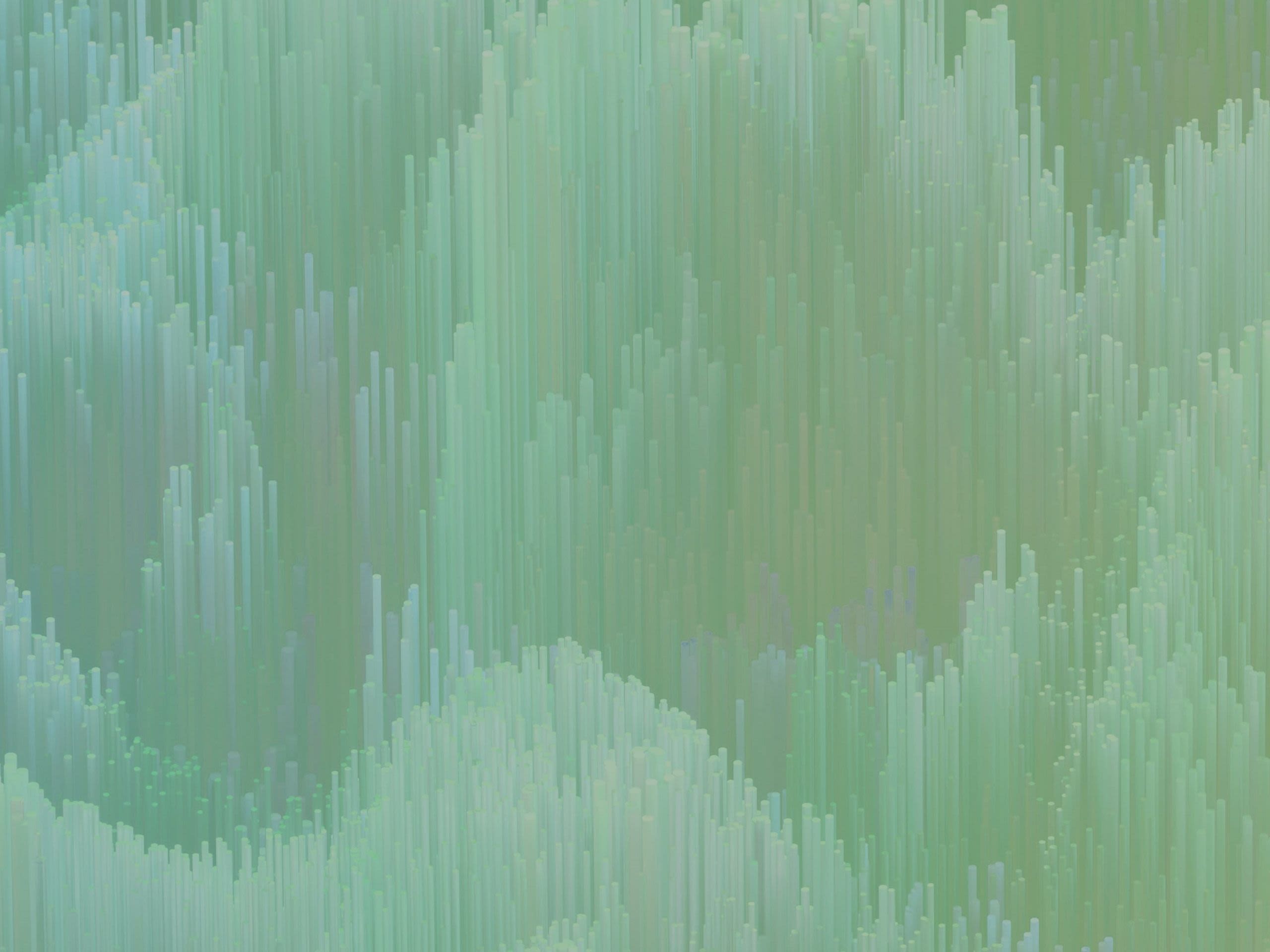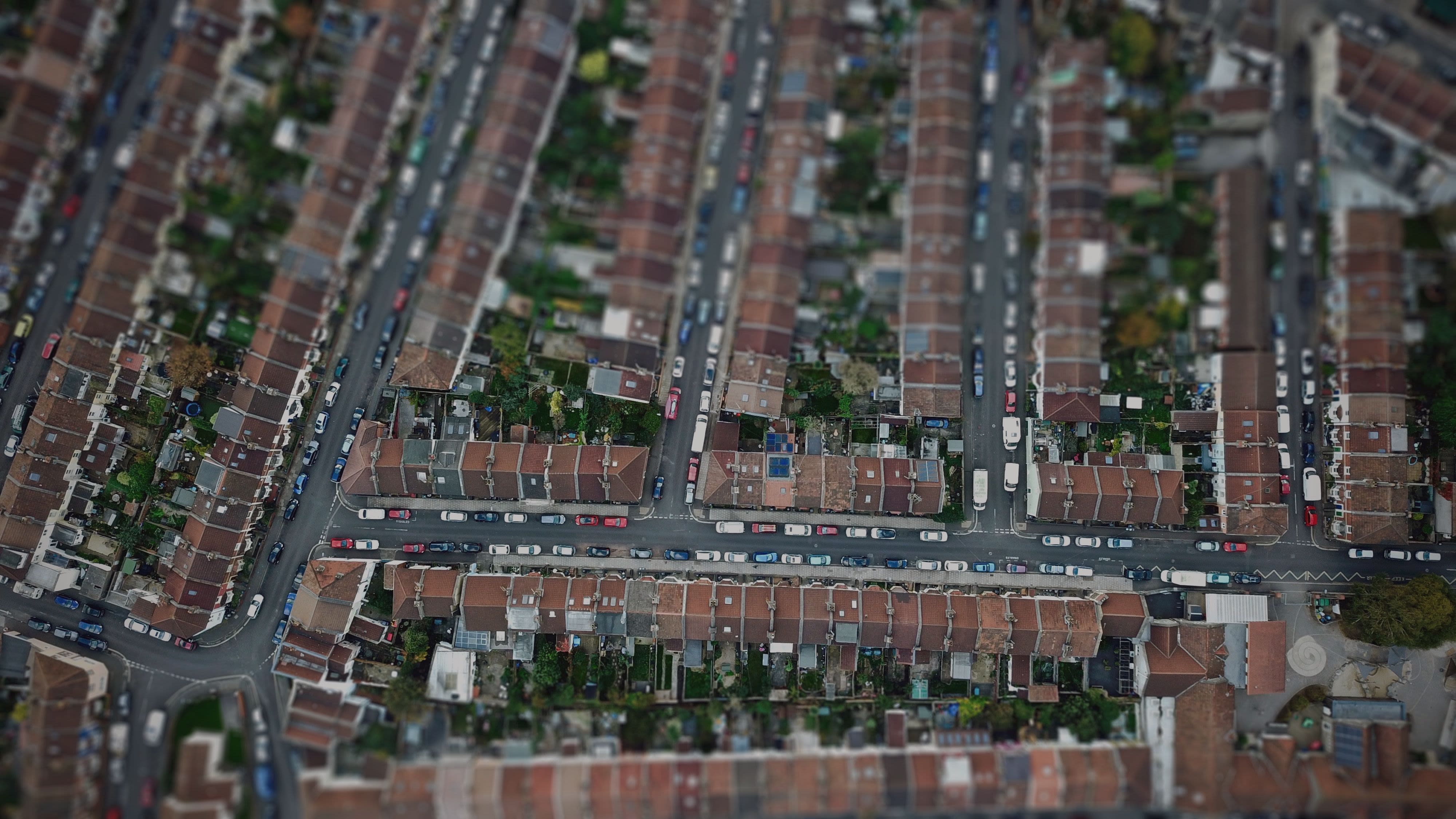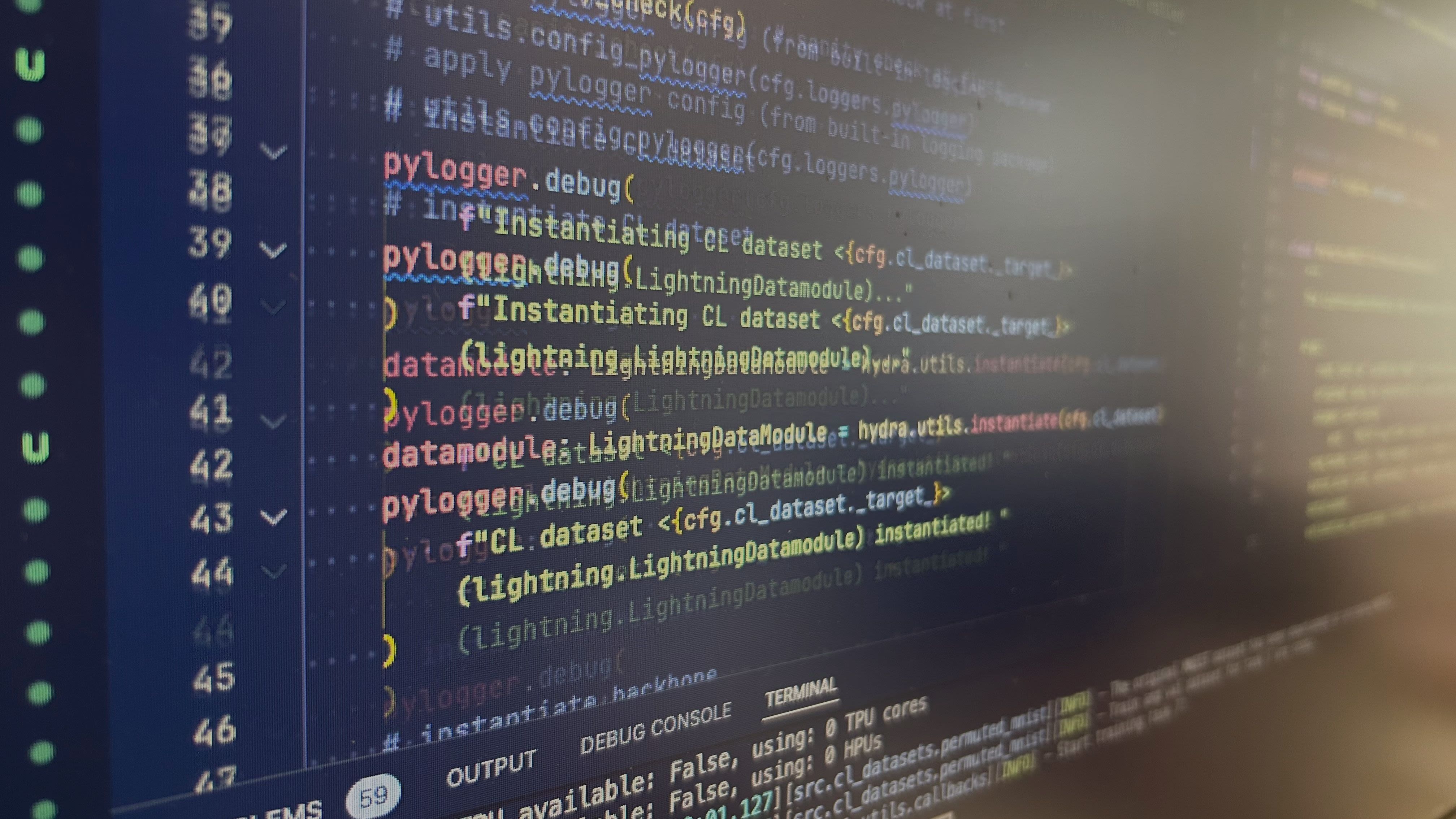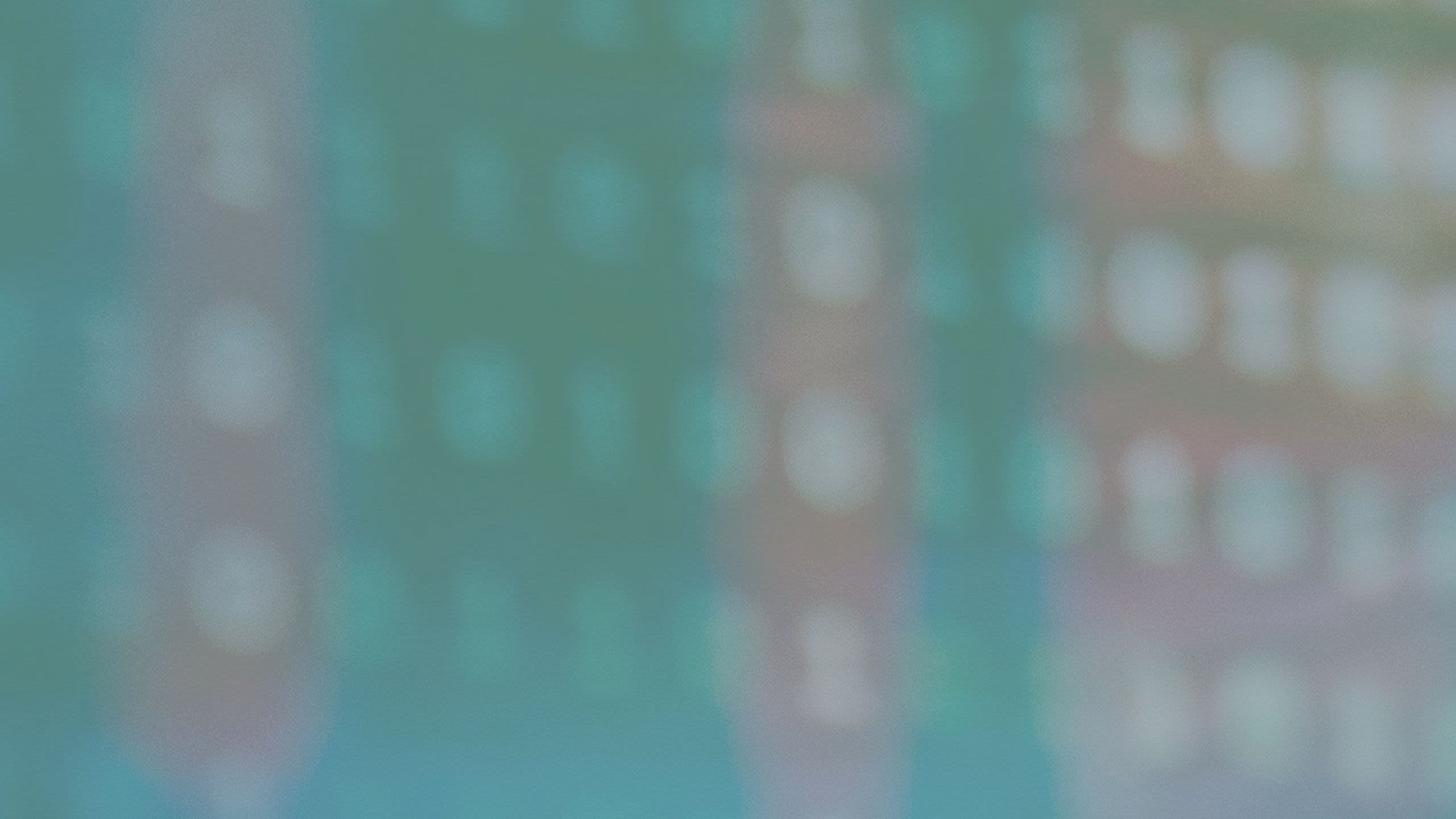TV and sociodigital futures: a story of continuity and change
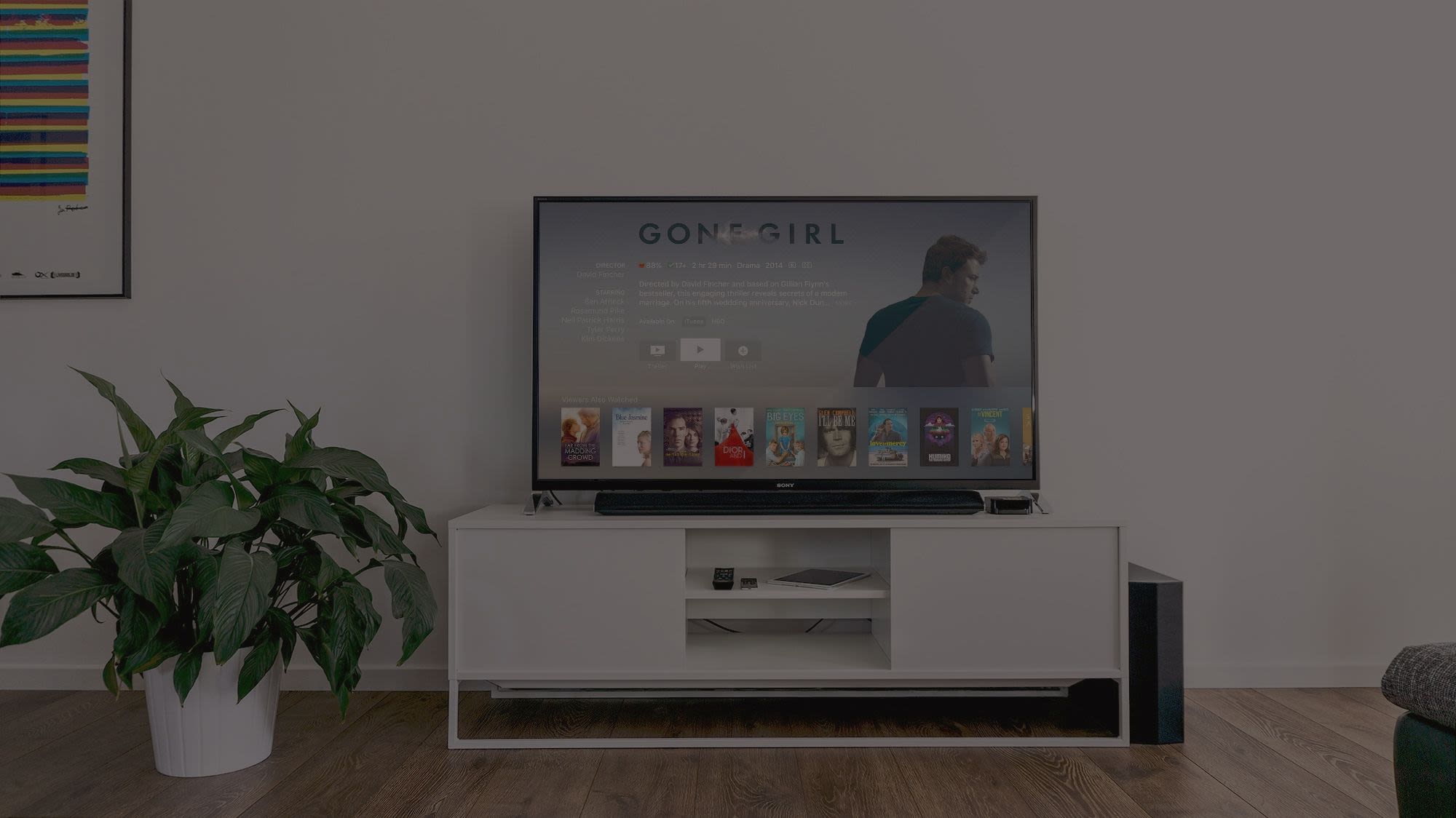
Television – conventionally understood as both a communications medium (transmitting sound and image) and a physical device (the television set) – is perhaps not an obvious topic for thinking about sociodigital futures.
However, recent technological advances have started to change how people watch television. It is no longer only a matter of viewing scheduled content that is determined principally by broadcasters or using devices such as DVD players to watch recorded material.
Watching television now involves a range of digital devices, data and services. These include mobile phones, tablets, the internet, cellular networks, and streaming or sharing platforms. With these changes now in motion, speculation about the future of television is intense – both in terms of which technologies and business models will dominate as well as how people will live their lives. In this context television, as something tangible and familiar, provides an opportunity to look at how sociodigital change happens.
How is the future being thought about?
Our research has used web scraping techniques to map the variety of TV futures claims that are currently in circulation.
We found that these claims are overwhelmingly focused on the future of the television industry and the challenge that digitalisation, especially streaming, is posing to conventional forms of content delivery.
Whilst a range of possible futures are put forward in these ‘content delivery wars’ they mostly address ongoing changes rather than considering entirely new possibilities.
Surprisingly little attention is paid to the future production of content, where digital technologies have significant potential to transform labour markets and the environmental impacts of the television industry.
To the extent that future technologies are discussed; the claims are modest. On the one hand, the emphasis is on incremental technological improvements – for example, faster downloads or higher resolution screens and better picture quality.
On the other, the ‘futures’ claimed simply build on assumptions about how people currently watch TV and present these in the context of technological change. For example, by suggesting AI will improve personalised content recommendations or that high-speed cellular networks will accelerate the emergent trend for ‘TV on the go’.
These claims do not entertain the possibility that TV consumption and people’s everyday lives might change independently of these technological advances.
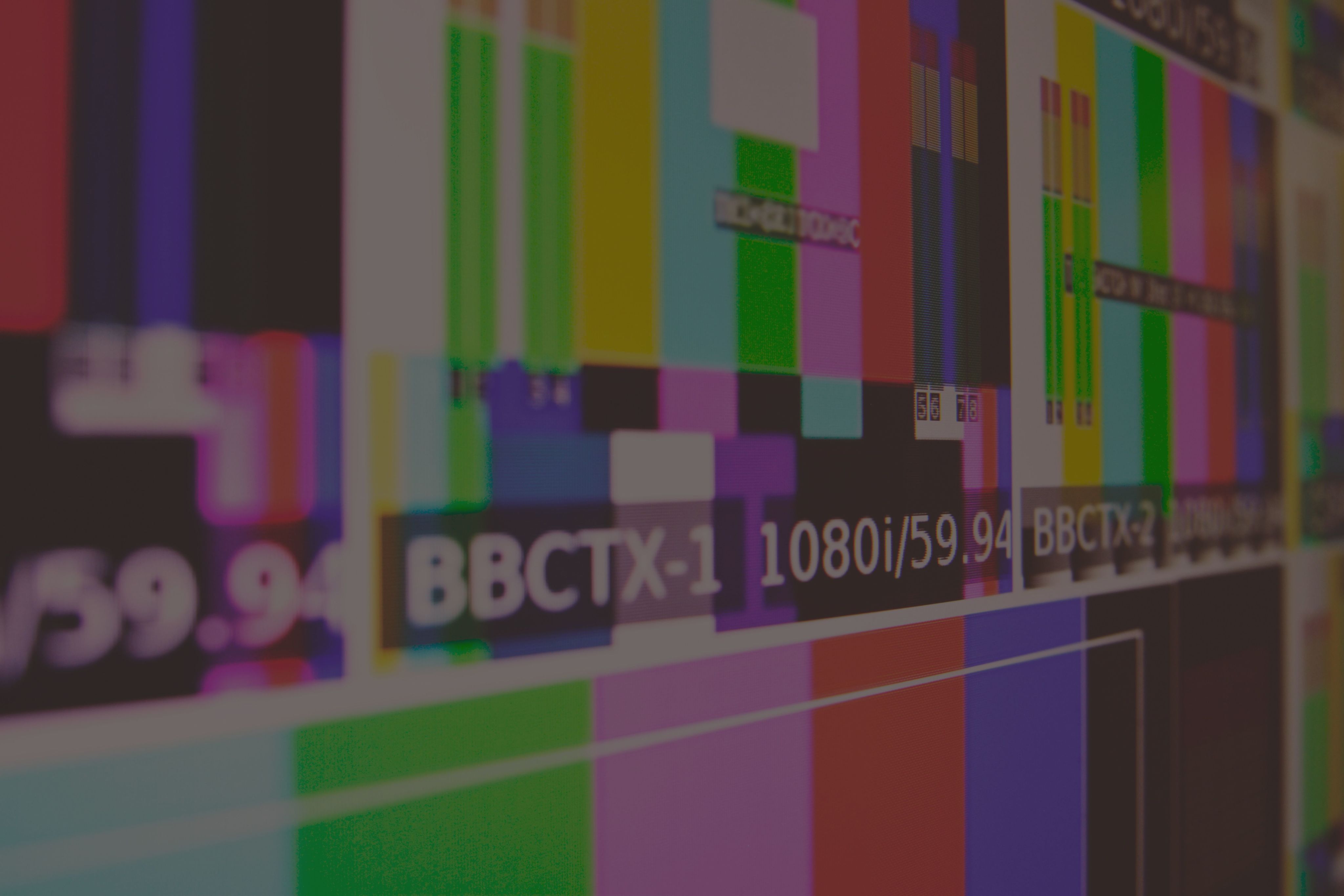
Old habits die hard
Another aspect of our research has therefore used a Mass Observation Directive to explore how people engage with ongoing technological changes in their everyday lives. Here a more nuanced picture of television watching emerges.
Whilst people are undoubtedly embracing new ways of watching television, there is little evidence to suggest that well-established habits are being displaced. The television set continues to be in the ‘heart’ of the home and many people consider it important to make time for watching at least some content together.
People do, of course, watch television on other devices and in other parts of the home. However, this very often functions as the background to other tasks or supports activities for example, watching the news while getting ready for work, or following an instructional fitness video.
Importantly, there are very clear traces of ‘old’ practices in ‘newer’ ways of watching television. For example, the extensive use of ‘catch up’ services suggests that people remain committed to broadcast content but make use of digital technologies to watch it on their own schedules.
This troubles the widespread assumption that digitalisation charts a linear path from broadcast television to streaming services. It follows that claims to a future in which streaming will completely change the social structures of TV watching may be overstated.
Moral panic
Technologies and their imaginaries very often give rise to utopian as well as dystopian visions of the future. Anxieties already surround the digitalisation of television. These include the effects of YouTube and TikTok videos on people’s attention span, the dangers of algorithms eroding choice and shaping cultural tastes, and the sense of isolation that accompanies watching TV alone.
These concerns are not new or unique to digitalisation. They are a variation on a theme that has been rehearsed since the growth of television as medium of mass communication and entertainment. Television has long been positioned – by critics and commentators – as a threat to public and family life or as detrimental to health and cognitive abilities.
In contrast, our research finds that most people consider television somewhat benign – especially compared to other digital technologies. Digitalisation can actually help resolve certain tensions associated with television. For example, household conflicts over television schedules are being minimised by the proliferation of devices on which people can watch their preferred content. At the same time, however, there are heightened and intensified concerns around ‘screen time’.
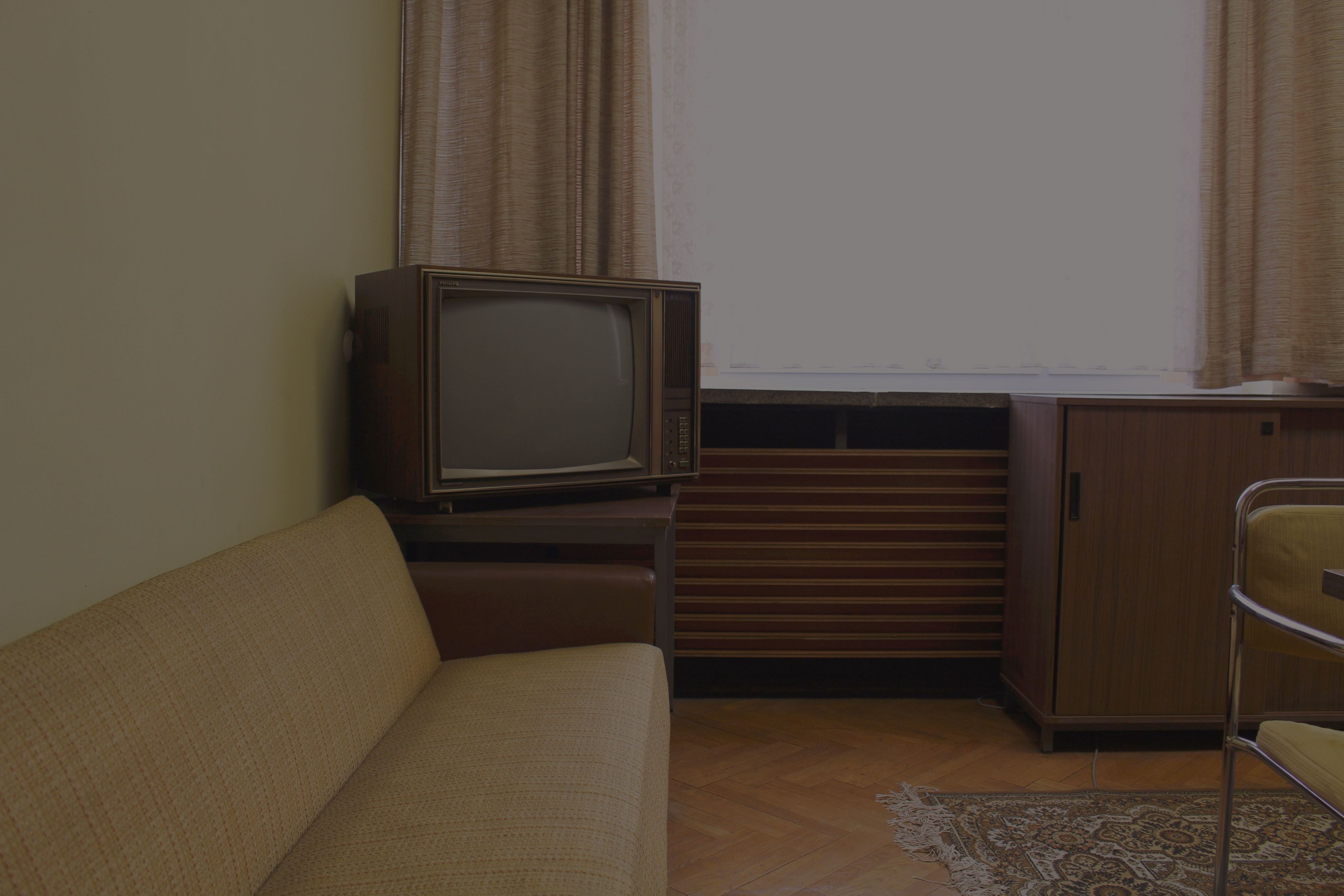
Change in motion
Television – both as medium and as physical device – is useful for thinking through how sociodigital change happens. Almost everybody watches it and spends a large amount of their time doing so (even if they claim not to). It is precisely this ubiquity and ‘everyday-ness’ that makes TV an ideal focus for engaging with sociodigital futures.
Whilst digital technologies have certainly brought about changes in television, these are still very much ‘in progress’ meaning that the precise contours of transformation remain to be seen. Observing these changes unfold in the present suggests they are subtle, graduated, patchy and partial rather than a radical break with the past. As for the future of television, this is by no means a foregone or technologically determined conclusion.
The ways in which people individually and collectively respond to digital technologies – as well as wider changes in the patterning and experiences of their everyday lives – will ultimately shape the trajectories of sociotechnical change.
Stay connected
Follow the Centre for Sociodigital Futures on LinkedIn and X.
To receive news and updates from the Centre for Sociodigital Futures, join our mailing list.
What are Sociodigital Futures and why do they matter?
Find out more about our work and research:
About the Centre
We live in a sociodigital world – a world where society and digital technology are increasingly bound together. Find out more
The support of the Economic and Social Research Council (ESRC) is gratefully acknowledged.
